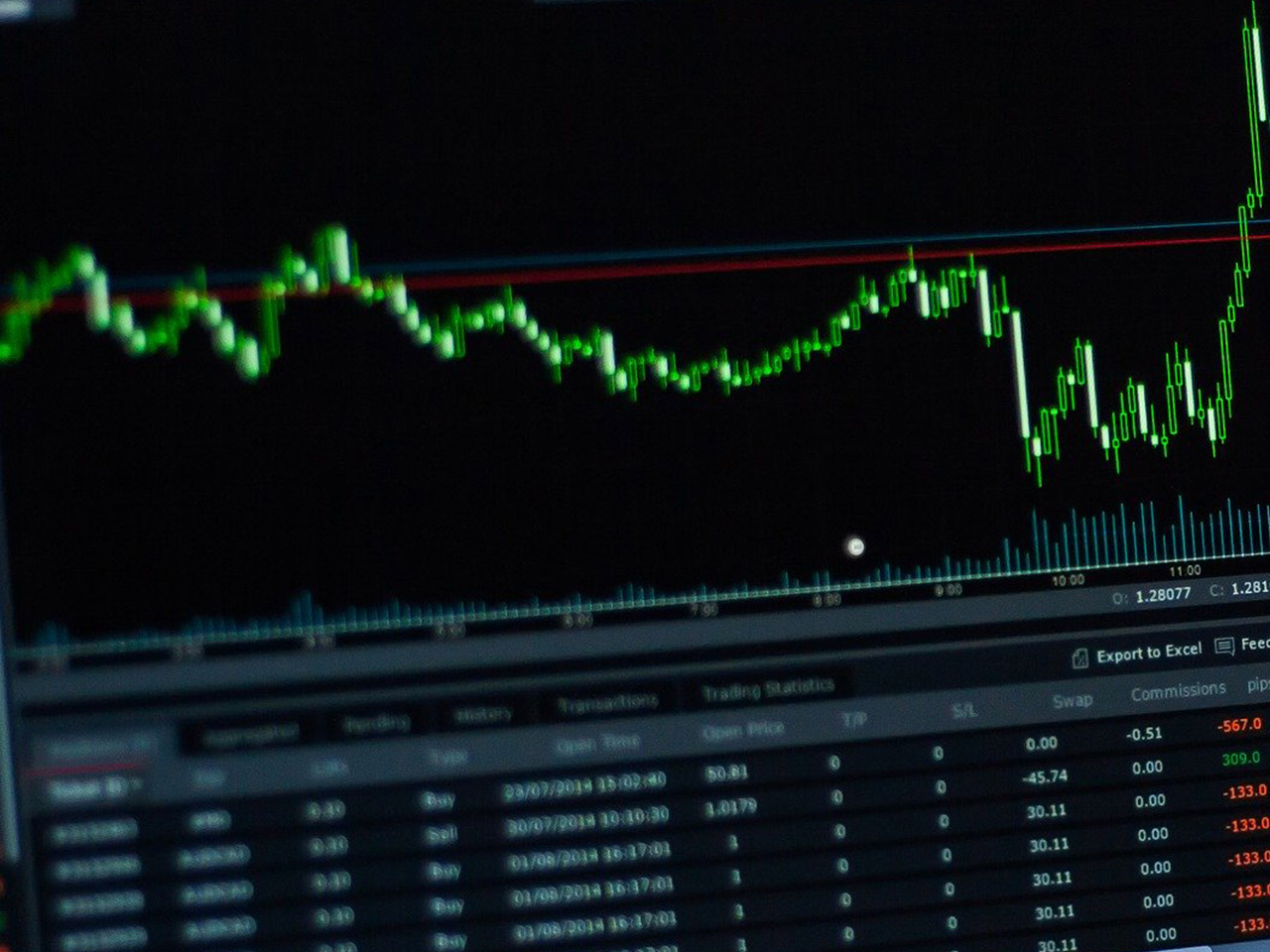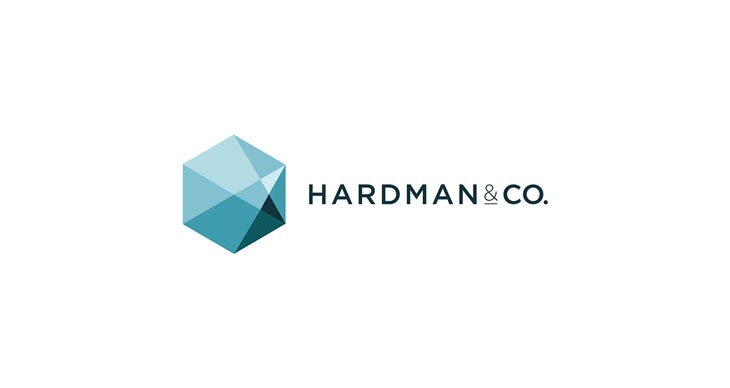Ashmore Group PLC (LSE: ASHM.L), a stalwart in the asset management industry, stands as a prominent player within the financial services sector in the United Kingdom. With a market capitalisation of $1.14 billion, the company remains a significant entity on the London Stock Exchange. Known for its expertise in emerging markets, Ashmore Group provides investment management services to both retail and institutional clients, focusing on equity and fixed income assets.
The company’s current share price is 174 GBp, marking a modest increase of 2.80 GBp, or 0.02%. Despite this slight uptick, the stock’s performance over the past year has been volatile, with a 52-week range of 125.10 GBp to 218.40 GBp. This range reflects the broader challenges and opportunities that have characterised Ashmore’s journey in recent times.
One of the most compelling aspects of Ashmore Group for income-focused investors is its attractive dividend yield of 9.87%. However, this high yield is juxtaposed with a payout ratio of 161.88%, signalling that the company is distributing more in dividends than its earnings, a potentially unsustainable practice over the long term. Investors should weigh the immediate appeal of this yield against the underlying financial health and future earnings potential of the company.
The company’s revenue has seen a contraction of 16%, a concerning figure for growth-oriented investors. This decline in revenue raises questions about Ashmore’s ability to navigate the complexities of its target markets and suggests potential headwinds in its operational environment. Notably, the current lack of a reported net income and a trailing P/E ratio might further compound these concerns.
For those eyeing valuation, Ashmore’s forward P/E ratio stands at an eye-watering 2,278.98, a figure that could deter value investors seeking opportunities grounded in solid earnings growth. Additionally, the absence of standard valuation metrics like PEG, Price/Book, and Price/Sales ratios makes it challenging to benchmark Ashmore against industry peers.
Performance metrics paint a mixed picture. While the company’s EPS is a modest 0.10, it boasts a respectable return on equity of 9.03%. Furthermore, Ashmore’s free cash flow is notably robust at £87.66 million, providing some cushion against short-term financial instability and potentially supporting its dividend policy.
Analyst sentiment towards Ashmore Group is varied, with 2 buy ratings, 6 hold ratings, and 3 sell ratings. The average target price of 154.64 GBp suggests a potential downside of -11.13% from current price levels, reflecting a cautious market outlook. Investors should be mindful of this sentiment when considering their positions, as it may indicate broader market scepticism regarding Ashmore’s strategic direction and financial health.
Technical indicators offer a glimmer of positive momentum, with the stock trading above both its 50-day and 200-day moving averages, suggesting a short-term bullish trend. However, the RSI of 71.94 indicates that the stock might be overbought, prompting a need for careful monitoring.
Ashmore Group operates in a challenging landscape, with its focus on emerging markets offering both risk and opportunity. While the company’s high dividend yield is enticing, the underlying financial metrics warrant a cautious approach. Investors should consider the broader economic context, Ashmore’s strategic initiatives, and potential market volatility when evaluating the stock’s long-term prospects. As ever, a balanced portfolio approach remains key in navigating the ebbs and flows of the financial markets.





































